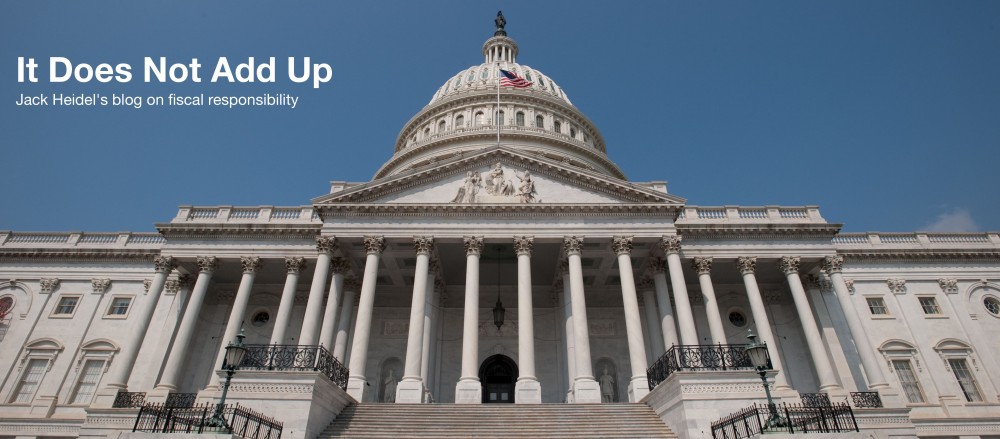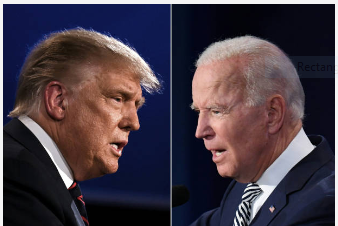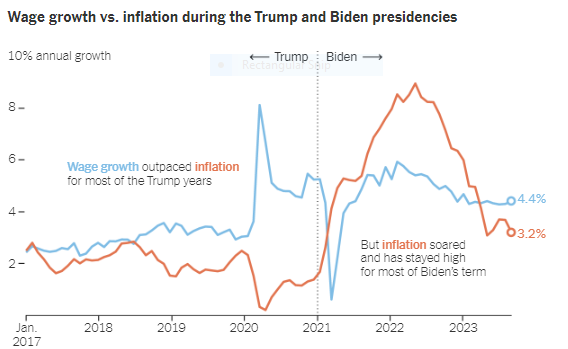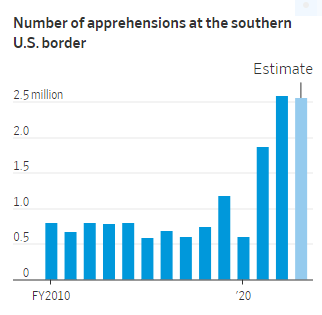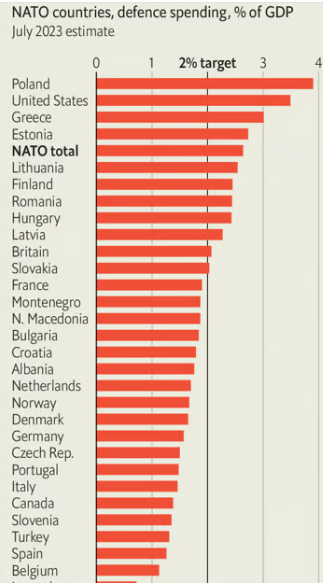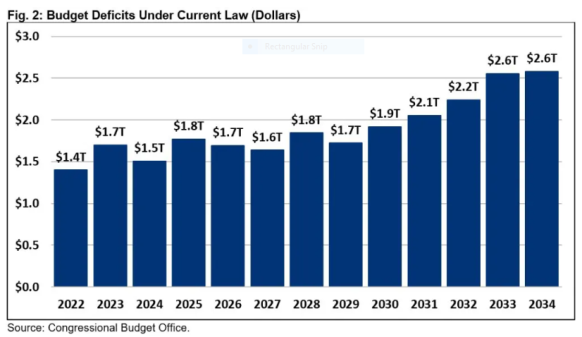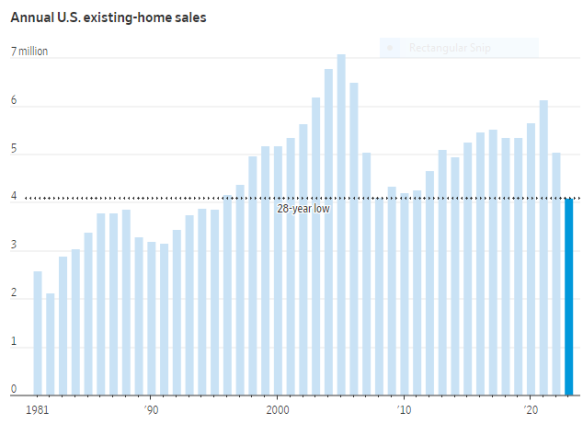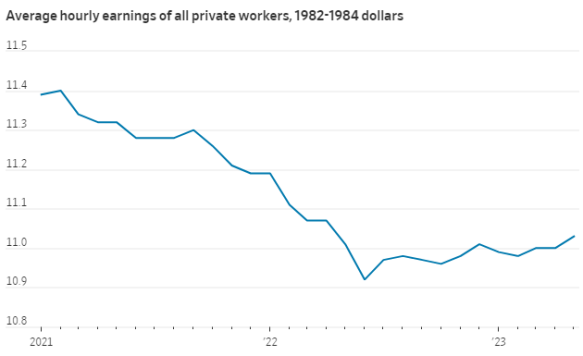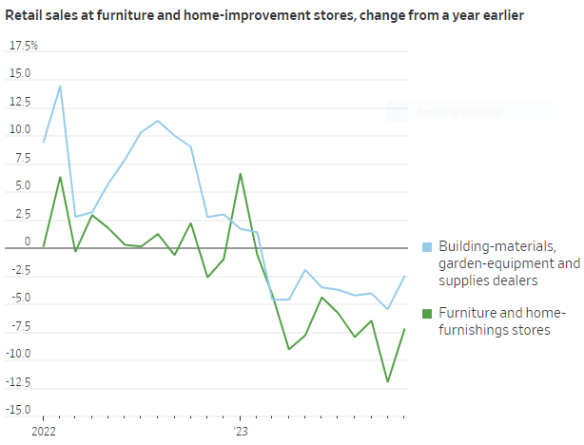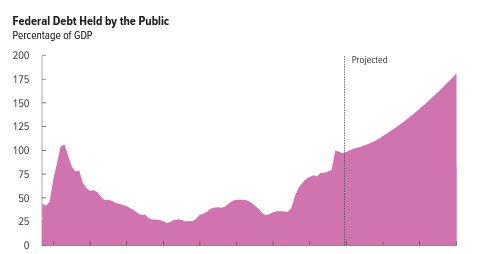On this website, It Does Not Add Up,I mostly talk about the major problems facing the United States and how I usually think things will work out well for us. In other words, I am an optimist about our future.
Of course, we do have problems to be concerned about. Our national debt is huge and out of control. We have several autocratic adversaries (China, Russia, Iran, North Korea) who want to diminish us. We currently have monetary inflation that is causing substantial misery for many people. In a sense, these are all pesky details of national life to be attended to.
 But, a major change is taking place at the present time that will transform American society. As the social analyst, Walter Mead, has described, society is right now undergoing a huge realignment, from the “car city” to the “cyber city.” Up until about 1920 the “rail city” predominated. It was then replaced by the car city and is now being replaced by the cyber city.
But, a major change is taking place at the present time that will transform American society. As the social analyst, Walter Mead, has described, society is right now undergoing a huge realignment, from the “car city” to the “cyber city.” Up until about 1920 the “rail city” predominated. It was then replaced by the car city and is now being replaced by the cyber city.
Until recently, most people thought that the car city was the highest form of urban living and that the Great (car) Migration would dominate our lives forever. But since the pandemic started in 2020, work-from-home (WFH), has opened the door to a new kind of urban living and the shift from the car city to the cyber city appears to be a major upgrade.
Cities emerge from the interplay of geography and technology. To start with, railroads allowed cities to reach an unprecedented level of concentration, drawing many millions of people from the hinterlands into urban life by commute. But then, car cities replaced rail cities in the early twentieth century. Suburban living and single-family home ownership increased greatly because workers could commute from a much wider area.
The post-WWII flight to the suburbs helped create a new kind of American city as the descendants of ethnic immigrants moved to the suburbs and intermarried. Many leading trends in American politics are rooted in the contest between the old rail cities and the postwar proliferation of car cities. The center cities remain more hospitable to left-wing politics today than most suburbs. The right, by contrast, remains instinctively pro-car and pro-suburb.
Now, tens of millions of American commuters are discovering that they can work from home (WFH). This happened during the pandemic! As of March 2024, more than 35 million Americans, close to one in four workers overall, were teleworking all or part of the time. The rise of WFH threatens a massive dislocation in the life of the American city, a shift that is likely to be more far-reaching than the previous shift between rail and car cities.
WFH and the technologies that power it aren’t just breaking up the Great Migration. They are opening the doors to a new era of middle-class prosperity that will make the zoomers rich. The real issue is geography as car cities approach their natural limits. Density proponents want to address the resulting shortage of affordable housing by allowing denser building in existing neighborhoods. WFH offers a much better path.
As happened after 1945, the wave of new infrastructure construction and new housing that WFH will unleash won’t just help the families who can move into new homes. It will create millions of new jobs, enabling more workers to join the growing ranks of a rejuvenated American middle class.
Conclusion. “America is one of a handful of countries well-positioned to lead the transition to a new kind of humane urbanism. We have the space to expand, we have the growing population, and we have both the ingenuity and the energy to reimagine our cities and upgrade our society. The age of American opportunity is not drawing toward a close. It is moving toward renewal.”
For my Email Newsletter
Follow me on Facebook
Follow me on Twitter
